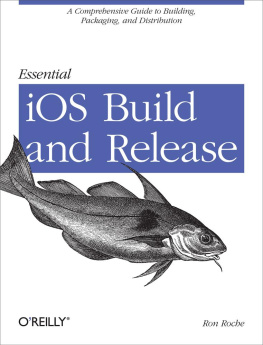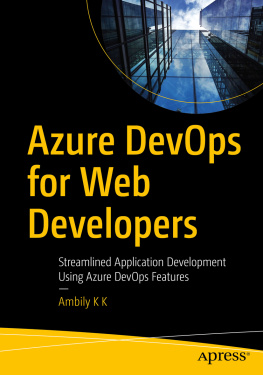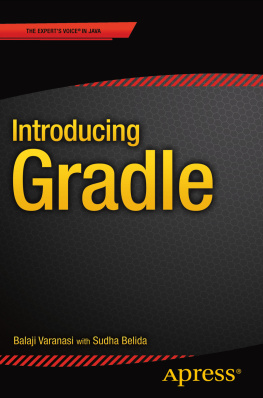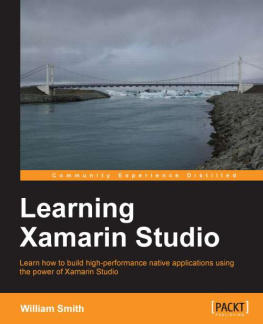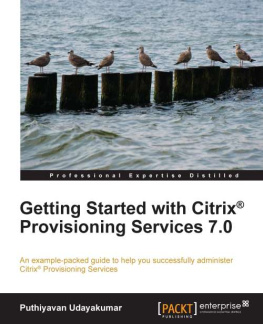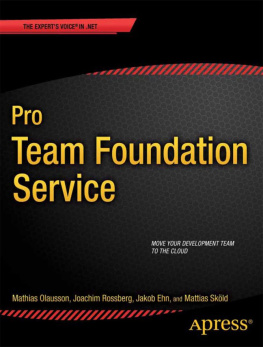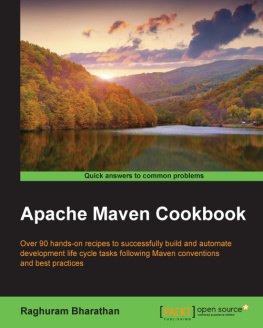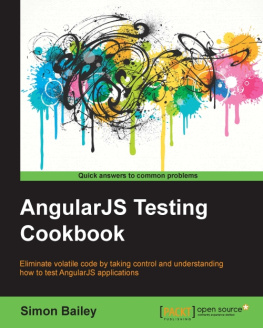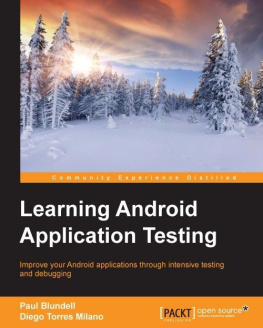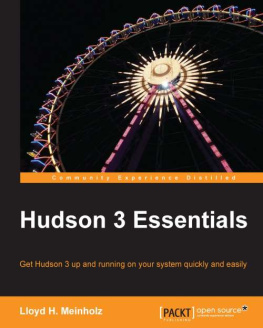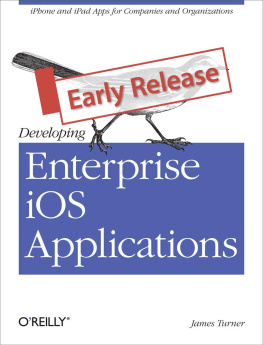A Mac
Youll need a Mac running, at a minimum, OS X v10.7 (Lion) or OS X v10.8 (Mountain Lion). For best results when accessing the websites referenced within this book, use the Safari web browser, as content hosted by Apple may not render correctly with other browsers.
Xcode
Youll need to install, at a minimum, Xcode 4.5 on your Mac. Xcode is a free download from the App Store, and available for download for members of an iOS Developer Program within the iOS Dev Center website.
An iOS Device
Youll need at least one iOS device to load your app onto. At the time of this writing this includes the iPad, iPad mini, iPhone, and iPod touch.
Membership in an iOS Developer Program
In order to deploy your app onto a device for testing, youll need to be enrolled in either the iOS Developer Program or the iOS Enterprise Developer Program. Enrollment in the iOS Developer program is either as an Individual or a Company/Organization.
Contents of This Book
This book is organized into three parts. Chapters documents how to setup Passes for your development environment. As it would be impossible to address each and every reason for why you may encounter a code signing or build error, I have attempted to lay out a proper way to set up your development and build environments to mitigate the chances of errors occurring. Additionally, I have taken the liberty of repeating myself several times throughout this book, as most sections are designed to stand alone so that you can pick up and read exactly what you are looking for without having to read the previous sections or chapters.
This introductory chapter provides an overview of the iOS Dev Center website, and then focuses on getting your personal development environment (a Mac and an iOS device) up and running using Xcode Organizer.
This first part of this chapter explains the setup of App IDs on the iOS Provisioning Portal website. The second part covers the setup of the Development and Distribution Certificates which are used to sign your app before it can be deployed.
This chapter covers what you need to consider when setting up iOS devices for testing, along with how to do it. The remainder of this chapter focuses on bringing the previous topics together with the setup and management of Provisioning Profiles.
This chapter focuses on the additional, optional services you may wish to add to your iOS app including Apple Push Notification Service, iCloud, Passes, and Data Protection.
Now that the setup part of iOS development has been covered, its time to build. This chapter covers the different types of builds and methods for releasing your app internally and to the App Store.
This chapter is for build and release engineers who have to focus on automating the build of iOS apps for an organization.
This chapter documents what it takes to setup the development framework for Passes. You can use the information here to verify your Pass Type ID and Certificate are setup correctly prior to running a Passes signing application in a production environment.
Conventions Used in This Book
The following typographical conventions are used in this book:
Italic
Indicates new terms, URLs, email addresses, filenames, and file extensions.
Constant widthUsed for program listings, as well as within paragraphs to refer to program elements such as variable or function names, databases, data types, environment variables, statements, and keywords.
Constant width boldShows commands or other text that should be typed literally by the user.
Constant width italicShows text that should be replaced with user-supplied values or by values determined by context.
Tip
This icon signifies a tip, suggestion, or general note.
Caution
This icon indicates a warning or caution.
Using Code Examples
This book is here to help you get your job done. In general, you may use the code in this book in your programs and documentation. You do not need to contact us for permission unless youre reproducing a significant portion of the code. For example, writing a program that uses several chunks of code from this book does not require permission. Selling or distributing a CD-ROM of examples from OReilly books does require permission. Answering a question by citing this book and quoting example code does not require permission. Incorporating a significant amount of example code from this book into your products documentation does require permission.
We appreciate, but do not require, attribution. An attribution usually includes the title, author, publisher, and ISBN. For example: Essential iOS Build and Release by Ron Roche (OReilly). Copyright 2012 Ronald Roche, 978-1-449-31394-4.
If you feel your use of code examples falls outside fair use or the permission given above, feel free to contact us at .
Safari Books Online
Note
Safari Books Online is an on-demand digital library that lets you easily search over 7,500 technology and creative reference books and videos to find the answers you need quickly.
With a subscription, you can read any page and watch any video from our library online. Read books on your cell phone and mobile devices. Access new titles before they are available for print, and get exclusive access to manuscripts in development and post feedback for the authors. Copy and paste code samples, organize your favorites, download chapters, bookmark key sections, create notes, print out pages, and benefit from tons of other time-saving features.

